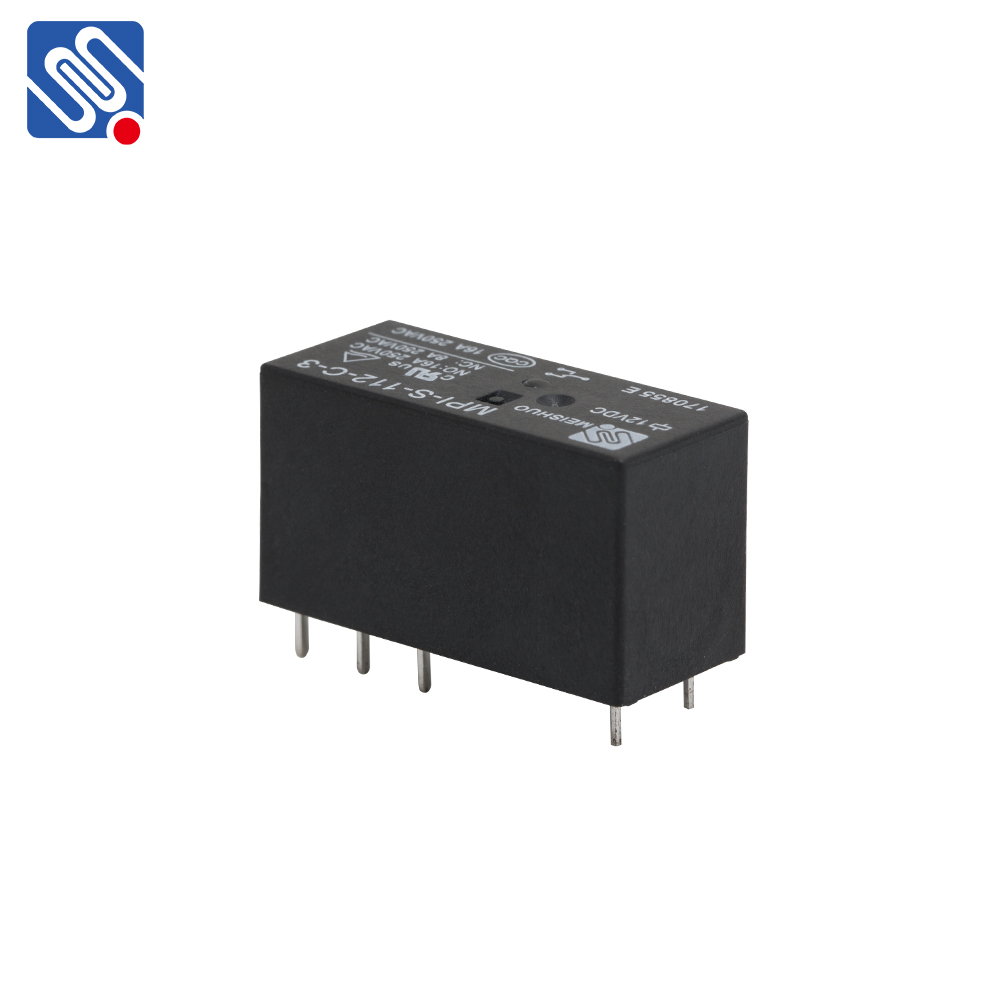Relay control systems are widely used in electrical engineering and automation to control machinery, devices, and equipment. A relay control system operates based on the principle of using electromagnetic relays to open or close electrical circuits, enabling control of devices without direct manual intervention. This system is crucial in various industrial, commercial, and residential applications. In this article, we will explore the principles, components, advantages, disadvantages, and diverse applications of relay control systems.

Principles of Relay Control System A relay control system operates by using a relay, an electromechanical device that acts as a switch. When an electric current passes through the relay’s coil, it generates a magnetic field that causes the relay’s contacts to either open or close. This action changes the state of the electrical circuit, allowing the relay to control the flow of electricity to connected devices. There are two primary types of relays: Electromagnetic Relays: These relays use an electromagnet to create a magnetic field that moves a set of contacts, switching the connected circuit.